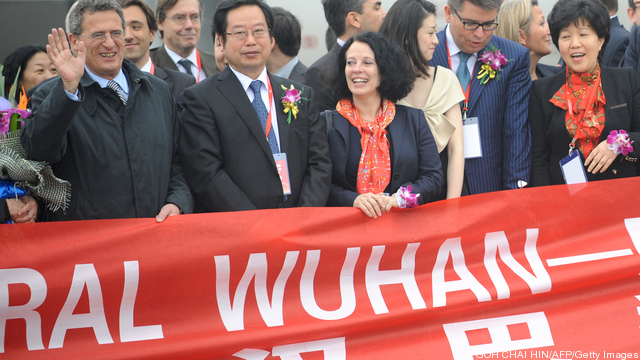
I spent last week at AISTech – one of the largest conferences of the year for the iron and steel industry – and conversations with attendees centered on how steel producers can implement new technology to remain competitive in the market. As companies around the world expand city skylines, put more planes in the sky and ships in the sea, and produce enough electronics to put them in the hands of millions of consumers, steel producers are being asked to meet a skyrocketing demand. In fact, by the year 2050, world steel production levels are expected to double from 2010 levels. Facing this rapid growth and the mounting global concerns about climate change, steel mill operators around the world are on the hunt for more reliable, efficient and productive sources of power to boost steel production capacity while simultaneously reducing the environmental impact of their operations.
Established in 1958, Wuhan Iron & Steel Group Corp (WISCO) is the first “giant” iron and steel corporation to operate in China since the founding of the People’s Republic of China in 1949, ranking fourth in production output in China and fifth globally. At the time WISCO and GE Energy began their business relationship in 2007, WISCO was making approximately 40 million tons of iron and steel a year, operating with traditional steam boilers. A rising demand for steel was driving the need for more electricity, eventually requiring up to 10 billion kilowatt hours per year. That level of energy consumption was unsustainable for WISCO and a costly drain on the public grid. Spurred by new legislation setting stringent regulations on steel mill efficiency in China, WISCO engaged GE Energy to develop and execute an innovative approach to power generation that would increase energy efficiency and profitability, all while reducing emissions and maintaining a high level of production. Keep reading →









